scenes around the garden, Autumn 2021
davidrt28 (zone 7)
2 years ago
last modified: 2 years ago
Featured Answer
Sort by:Oldest
Comments (28)
Related Discussions
Spring Garden Scenes, Part Two
Comments (14)Thanks everbody for your kind comments. It means a lot coming from you folks, whose gardens I admire greatly. Matt, my 'Walnut Glen' receives around 4-5 h direct sun, and in the spring my plant is a very bright shade of blue approaching gold. It has not yet started to display the characteristic gold frosting. Will, the plant growing in the rock is a sempervivum. It amazes me how it manages to survive, especially over our Z6 winters. I dropped it into that crevice some 4 years ago and no subsequent maintenance whatsoever. I included a few more close-ups below. Dan, I've been happy with 'Autumn Moon's performance here since I previously fried an A.s. 'Aureum' in the same spot. I've added another view of this pairing below. A few more... Cedrus libani ssp. atlantica 'Sapphire Nymph' Picea pungens 'Waldbrunn' Alex This post was edited by maple_grove on Tue, May 28, 13 at 19:29...See Morenew: garden scene readers rr
Comments (102)Jeanette, so glad to hear the mascotts are both resting safely in the infirmary. I see that we can't send any more of these guys out on road trips. they must not be as tough as old nuts the squirrel... though he did get a bit beat up in his travels too. I have been reading magsfrom the box that Remy sent and need to send thanks for the goodies that were included in the box. The special fall Country Living Gardener is terrific is beautiful with so many good articles and the sunflowers on the front cover. Extra special, thanks. Peanut butter kisses are favorites. My brother worked for years for the company that makes them and they always bring happy memories. MMmmmthanks Remy, the watch is so pretty. Thank you so much. My watches are so totally functional and utilitarian it will be a treat to wear something Pretty for a change. Sue, did you make the soap? I want to make some too and have some questions. It sure smells good. I love stuff that smells good. The garden stake and pink glads will go out front in the spring. and the thank you cards are both attractive and practical. Love the old timey wheelbarrow and wish I could find one for my yard. What a treasure that would be. There are also recipe cards and stickers.... hope I didn't miss anything but there were a lot of goodies especially considering how much good reading material was in there too. I appreciate the Green Scene mags as they are close enough to give me ideas of things to plant and places to visit. I've been reading those and enjoying them a lot. I might decide to join PHS myself. When the birdie that is at Jeanettes finds her way home that will be the end of this swap at least until after Christmas. I figure most of us will be pleanty busy from now to then. Thanks everyone for playing. This magazine RR is one of my favorite GW activities. BB...See MoreJanuary in my 2021 hosta garden
Comments (28)Snow falling and in the 20's here. Love your hellebores. I've gotten more last year since I love how they look in the garden--however, some do have a habit of growing vigorously and I've had to divide and send some to a niece. Funny thing about those 30 foot long leashes--we have some owners on our street who have them. Unfortunately, they do let their dogs wander up to our house and yes leave a mess. One guy has three golden retrievers who get their leashes tangled since they are so long. It never seems to bother him that the dogs are wandering all over our yard, even when I am out there working in the yard. Some people just don't care. Our dogs were always on shorter leashes. Anyway, love your flowers, they look so bright!...See MoreSeptember 2021 in my hosta garden
Comments (31)Utog, yours are looking terrific! I have been gone from my house for a week, so I can I can imagine what my yard looks like now. I will be preparing for winter, cutting back and drenching. debra...See Moredavidrt28 (zone 7)
2 years agolast modified: 2 years agodavidrt28 (zone 7)
2 years agolast modified: 2 years agodavidrt28 (zone 7)
2 years agodavidrt28 (zone 7)
2 years agolast modified: 2 years agodavidrt28 (zone 7)
2 years agolast modified: 2 years agoJay 6a Chicago
2 years agodavidrt28 (zone 7)
2 years agolast modified: 2 years agodavidrt28 (zone 7)
2 years agolast modified: 2 years agodavidrt28 (zone 7)
2 years agolast modified: 2 years agodavidrt28 (zone 7)
2 years ago
Related Stories
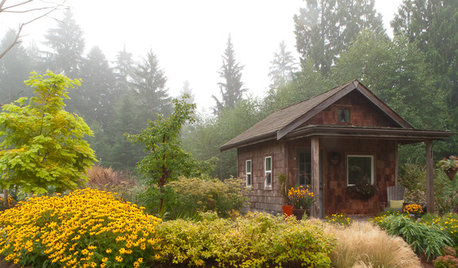
PLANTING IDEASGreat Garden Combo: A Fall Landscape Scene That Lasts
Span the seasons with trees, shrubs and grasses that offer color and texture in abundance
Full Story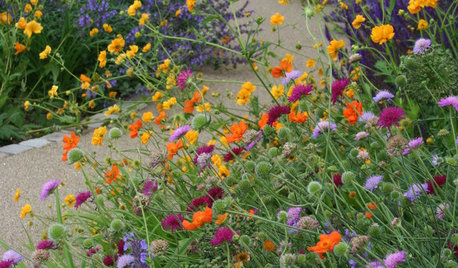
PLANTING IDEAS3 Color Palettes to Help Set Your Garden’s Mood
Select plants in these color combinations to create an outdoor space that’s cheerful, energizing or calming
Full Story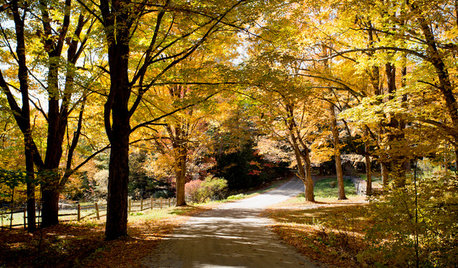
FALL GARDENINGHouzz Call: Show Us Your Autumn Views
Share your pictures of fall foliage and decor in the Comments. Your photos may be featured in an upcoming story!
Full Story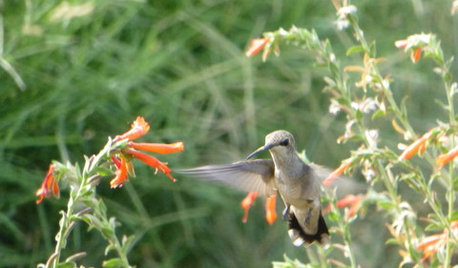
GARDENING GUIDESSweet Serendipity: Opening to Happy Garden Discoveries
Unplanned nature scenes can be unbelievably beautiful; you just need to know how to look
Full Story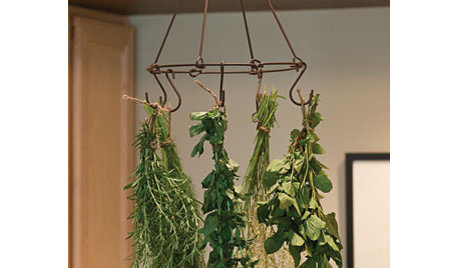
Dry Your Garden Herbs for Casual Fall Decor
Snip some sage and round up the rosemary. Dried herbs are just as great for autumnal arrangements as they are for cooking
Full Story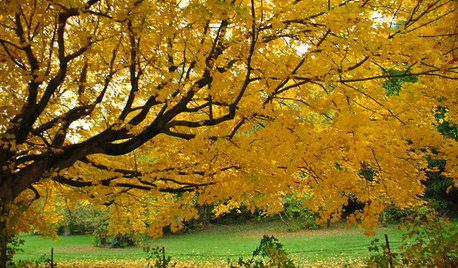
MOST POPULARBrilliant Scenes of Fall Color Indoors and Out
Celebrate the season with Houzzers’ photos of fall
Full Story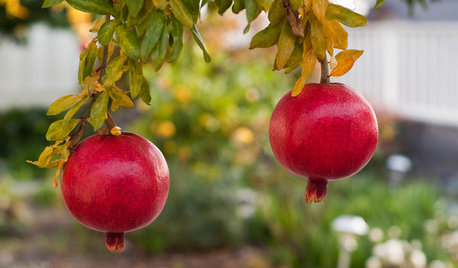
GARDENING GUIDESNorthern California Gardener's October Checklist
It's still a great time to plant flowers, vegetables and even bulbs in California gardens this month, thanks to predictably mild weather
Full Story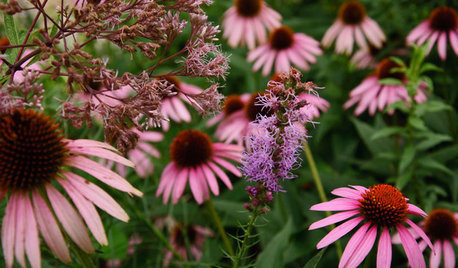
GARDENING GUIDESGreat Lakes Gardener's August Checklist
Pick the peppers and drink in the scent of lilies this month, while you mull over a mowing strip to make fall gardening easier
Full Story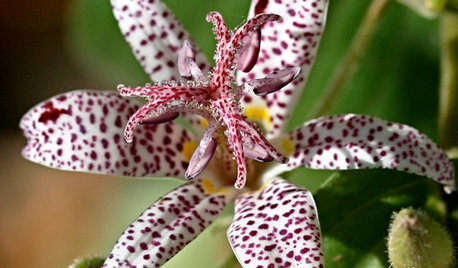
SUMMER GARDENING10 Perennials to Extend Your Garden's Summer Color
Revive summer-weary gardens with outstanding late bloomers such as toad lily, Russian sage, blanket flower and more
Full Story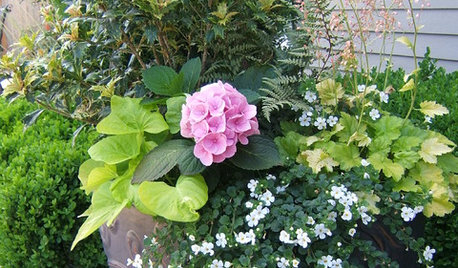
GARDENING GUIDES12 Stylish Ways to Plant Your Summer Container Gardens
Get ideas for what to grow in your summer planters, from blooming perennials to fruits and fabulous foliage
Full Story


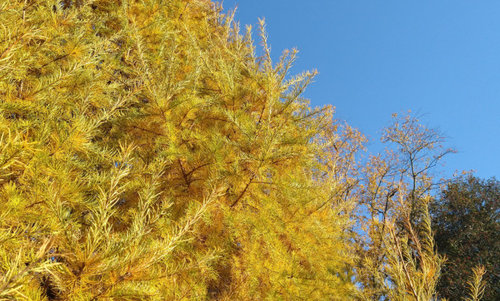
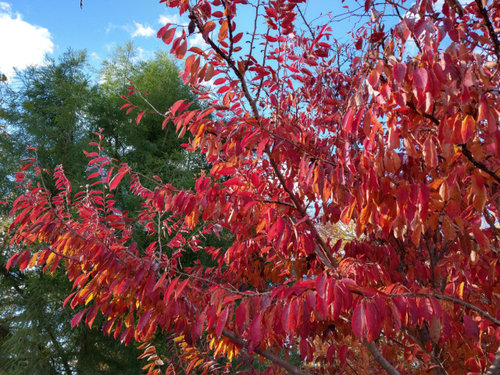


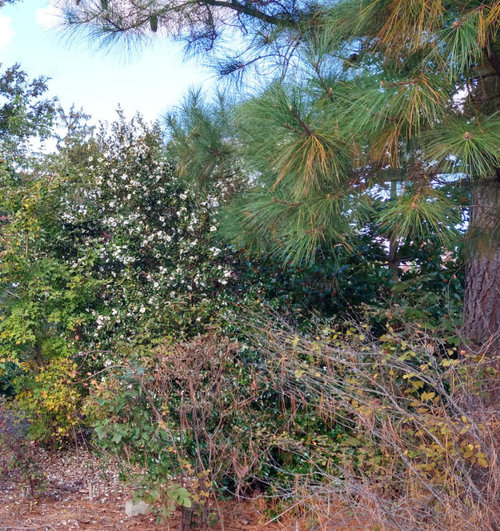







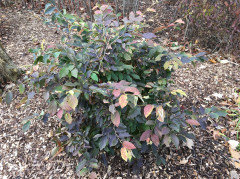

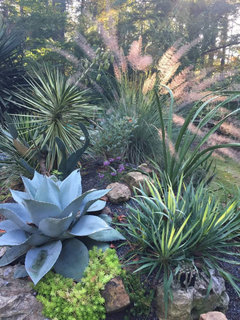






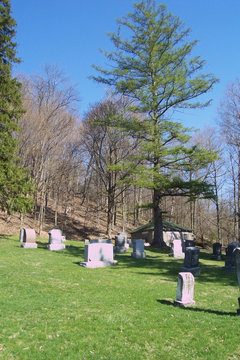

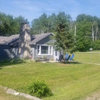



gardengal48 (PNW Z8/9)